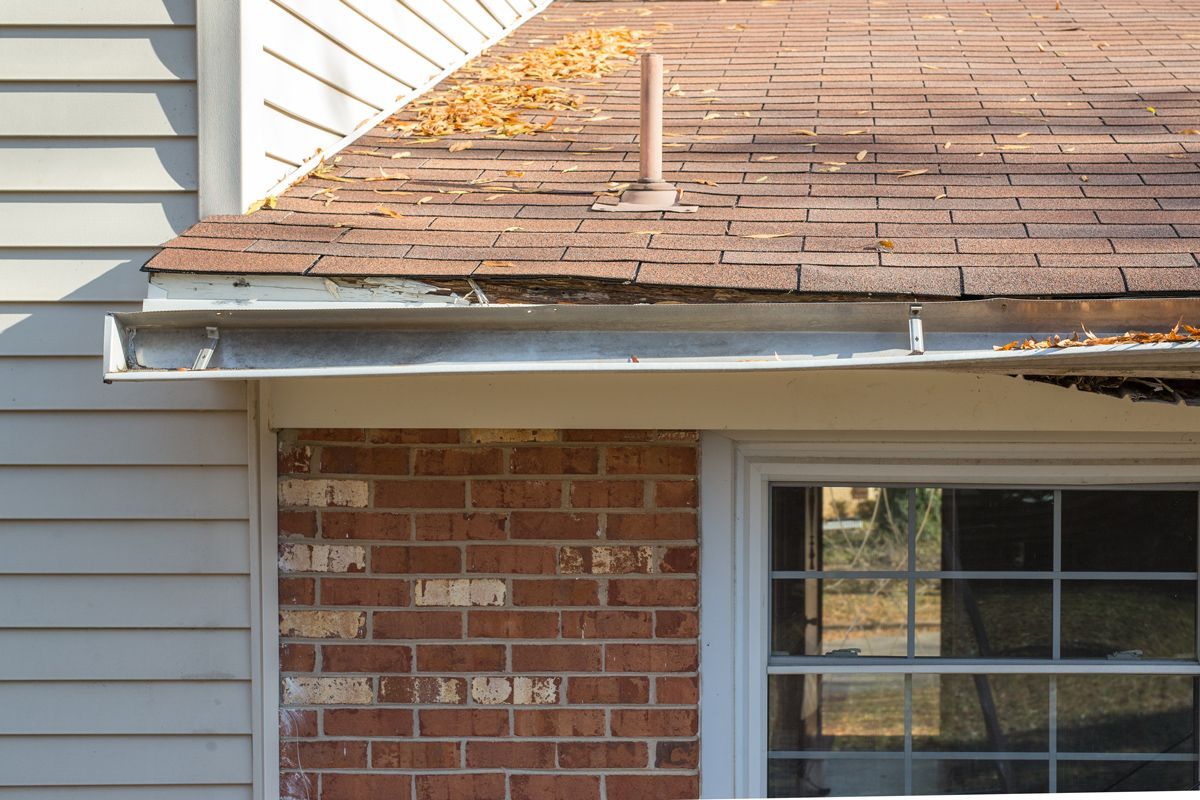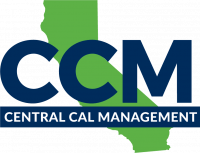
Common Roofing Problems Found During Inspections
Roofing issues are among the most common problems found during home inspections, and they can have a significant impact on the overall condition of a property. From missing or damaged shingles to leaks and structural damage, a faulty roof can lead to expensive repairs and potential safety hazards for homeowners. In this article, we will explore some of the most frequently found roofing issues during home inspections, as well as provide insight into how these problems can be addressed and prevented in order to ensure the longevity and integrity of your home's roof. Stay tuned for expert advice on how to protect one of the most crucial components of your property - its roof.
Signs of Roof Problems
- Missing or Damaged Shingles: Look for any shingles that are cracked, broken, or missing on your roof. These can be signs of wear and tear that could lead to further damage if not addressed promptly.
- Water Stains on Ceiling: Water stains on the ceiling inside your home could indicate a leaky roof. This could be caused by damaged flashing or deteriorated shingles allowing water to seep into your home.
- Sagging Roof Deck: A sagging roof deck is a serious sign of structural damage to your roof. This could be due to water damage, poor ventilation, or heavy snow accumulation. It is important to address this issue immediately to prevent common roofing problems.
Common Roofing Issues
Roof Leaks
Roof leaks are a common issue found during home inspections. They can be caused by various factors, such as missing or damaged shingles, improper installation of flashing, or cracked sealing around vents and chimneys. Water damage from leaks can lead to mold growth, rotting wood, and structural damage if left untreated.
Ponding Water
Another frequent roofing issue is ponding water, which occurs when water collects in low spots on the roof instead of draining properly. This can happen due to poor design, clogged gutters or downspouts, or sagging roof structures. Ponding water can cause deterioration of roofing materials over time and increase the risk of leaks and other issues.
Poor Ventilation
Inadequate ventilation in the attic space is another common problem that inspectors often come across during home inspections. Poor ventilation can lead to excess heat buildup in the summer and moisture accumulation in the winter, causing damage to both the roofing materials and the underlying structure. Proper ventilation is crucial for ensuring the longevity and performance of your roof.
Roof Inspection Checklist
When inspecting a roof, make sure to check for missing or damaged shingles. Look for any signs of water damage or leaks in the attic. Examine the gutters and downspouts to ensure they are clear of debris and functioning properly.
Inspect the flashing around chimneys, skylights, and vents to make sure there are no gaps or cracks. Check for any signs of sagging in the roof structure. Make note of any areas where moss or algae growth is present on the roof surface.
Take a close look at the overall condition of the roof, including its age and previous maintenance history. Consider consulting with a professional roofing contractor if you notice any red flags during your inspection. Having a thorough understanding of your roof's condition can help prevent costly repairs down the line.
Preventing Roof Leaks
- Regular Inspections: Make it a habit to inspect your roof regularly for any signs of damage or wear. Look for missing shingles, cracked tiles, or rusted flashing.
- Keep Gutters Clean: Clogged gutters can cause water to overflow onto the roof, leading to leaks. Ensure that gutters are clear of leaves and debris.
- Trim Overhanging Branches: Overhanging branches can scrape against the roof during windy conditions and cause damage. Trim back any branches that come in contact with the roof.
Incorporating these simple maintenance tasks into your regular routine can help prevent costly roof leaks down the line and prolong the life of your roofing system.
Roof Maintenance Tips
- Regularly inspect your roof for any visible signs of damage such as missing or broken shingles, cracks, or moss growth.
- Keep gutters clean and free of debris to prevent water from pooling on the roof and causing leaks.
- Trim overhanging tree branches to prevent them from rubbing against the roof surface and causing damage.
Proper maintenance is essential in preserving the longevity of your roof. By taking proactive measures to care for your roof, you can avoid costly repairs down the road. If you notice any issues during your inspections, it's important to address them promptly before they escalate into bigger problems.
Roof Repair Solutions
When addressing common roofing issues found during home inspections, it is important to consider the available repair solutions. In many cases, minor repairs can be made to fix leaks or damaged shingles without the need for a full roof replacement. One solution may be to reseal flashing around chimneys and vents to prevent water intrusion.
Patching vs. Replacement
In some instances, patching damaged areas of the roof may be sufficient to address the issue. This can be a cost-effective solution that extends the life of your roof without breaking the bank. However, if extensive damage is present or if your roof is reaching the end of its lifespan, a full replacement may be necessary.
Roofing Materials Comparison
When it comes to roofing materials, there are several options to choose from. Asphalt shingles are the most common choice for homeowners due to their affordability and ease of installation. They have a lifespan of around 20-30 years but may require repairs over time.
Metal roofing is another popular option known for its durability and longevity. It can last up to 50 years or more with minimal maintenance. However, metal roofs tend to be more expensive upfront compared to asphalt shingles.
The decision between asphalt shingles and metal roofing will depend on your budget, aesthetic preferences, and long-term maintenance considerations. It's essential to weigh the pros and cons of each material before making a final decision for your home's roof.
Hiring a Professional
Regardless of the repair solution chosen, it is recommended to hire a
professional roofer to ensure the work is done correctly and safely. A skilled roofer will have experience in identifying and addressing common roofing issues found during home inspections, providing you with peace of mind that your new roof is in good hands. Additionally, professionals are equipped with the right tools and materials necessary for the job, which can lead to a more efficient and effective repair process. They are also knowledgeable about
local building codes and regulations, ensuring that all work complies with legal standards.
Property Management Blog










